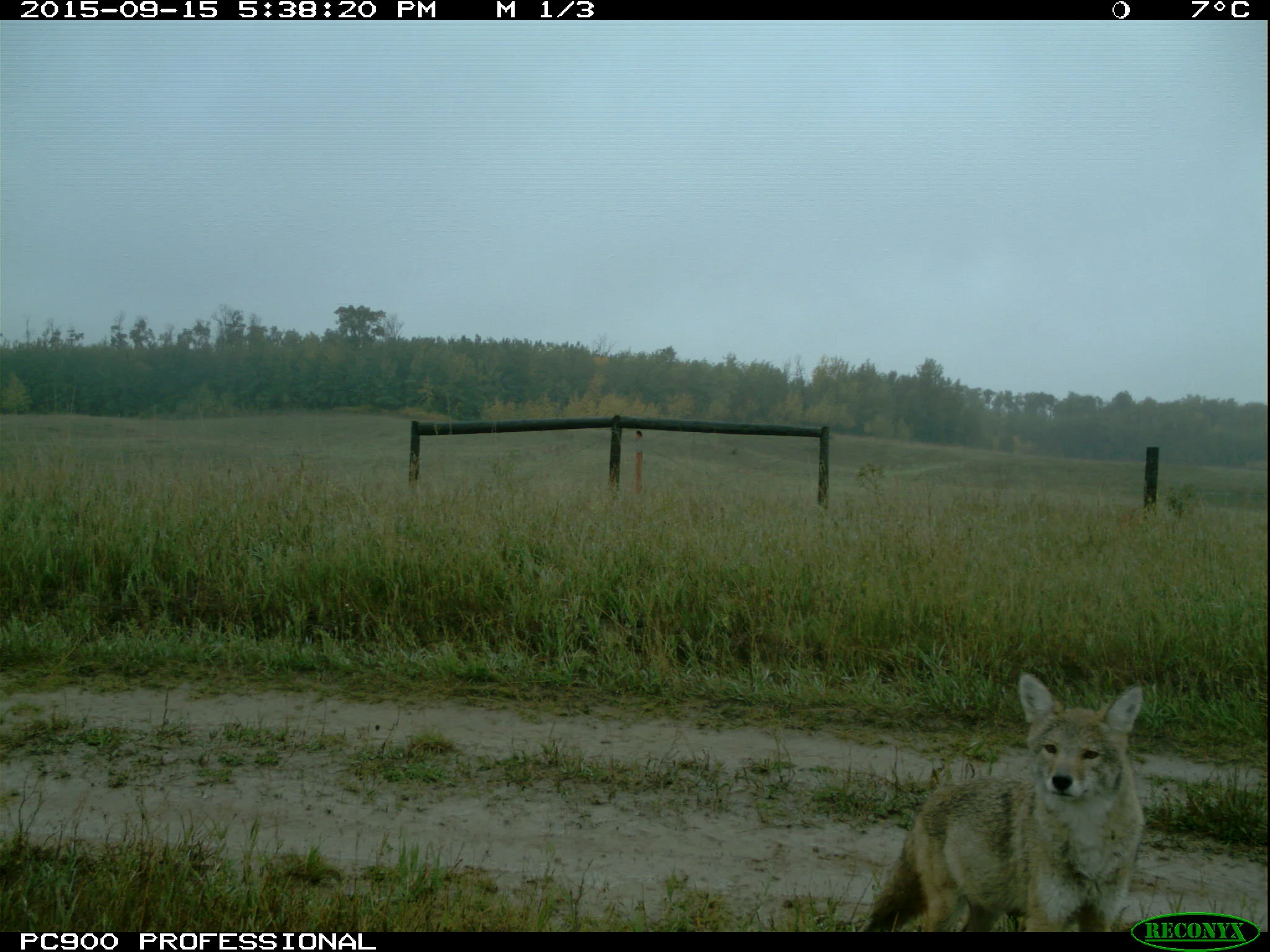Echinococcus along a rural-urban gradient
An emerging parasite of concern…
Increased urbanization has the potential to facilitate the transmission of zoonoses to humans through increased contact with wildlife. Echinococcus multilocularis and E. canadensis are trophically transmitted tapeworms that are emerging zoonotic parasites of worldwide concern, with Alberta being a documented “hotspot” for North American infections. Indeed, recent evidence suggests that E. multilocularis in Edmonton, Alberta is of particular concern, having been implicated in recent spate of human infection. In order to better assess the potential risk that these tapeworms pose to public health, it is imperative to examine the ecological and behavioural factors that facilitate transmission of these parasites between wild canid definitive hosts (primarily coyotes), domestic dogs and humans across a gradient of urbanization. We are pursuing these goals in two ways.
First, we are studying the prevalence, distribution and potential risk of transmission of Echinococcus in and by coyotes within the newly designated Beaver Hills UNESCO Biosphere Preserve (in particular the Cooking Lake — Blackfoot Provincial recreation area). Currently we are using non-invasive techniques (remote cameras and scat collection) to explore patterns of space use in coyotes relative to other wildlife and, in particular, human activity. We are also interested in patterns of individual heterogeneity in infection in both space and time, as assessed by the molecular analysis of fecal samples collected from known individuals. Taken together these data will allow us to map and model the potential of zoonotic transmission.
Secondly, we are using molecular analysis of domestic dog fecal samples to estimate the prevalence of Echinococcus along a rural-to-urban gradient in and around Edmonton. These fecal samples are linked with a dog owner survey that we are using to statistically identify risk factors that may be associated with Echinococcus infection in domestic dogs, including breed, dog walking behaviour, feeding habits, and potential interaction with wild intermediate and definitive hosts. These data will be used to assess the potential risk of transmission to humans and direct public health initiatives taking a “one health” approach to preventing or reducing possible infections in both people and animals.
This work is being done in collaboration with:
Alessandro Massolo (University of Pisa & University of Calgary)
Macro Musiani (University of Calgary)
Emilie Toews (University of Calgary)
Colleen C. St. Clair (University of Alberta)
Deanna Steckler (University of Alberta)

